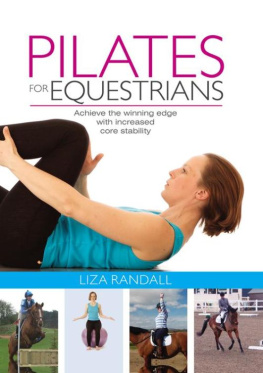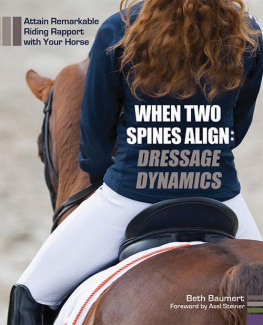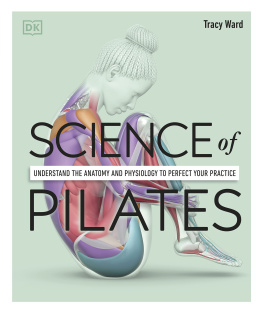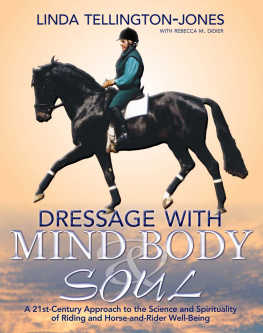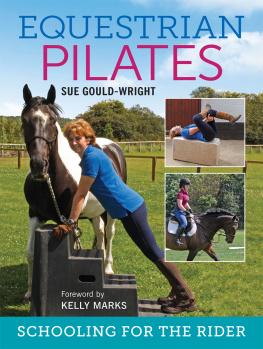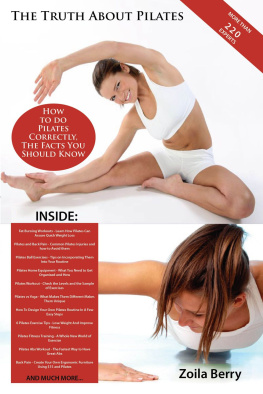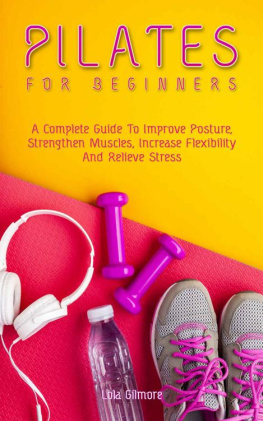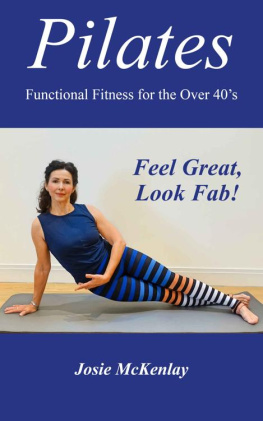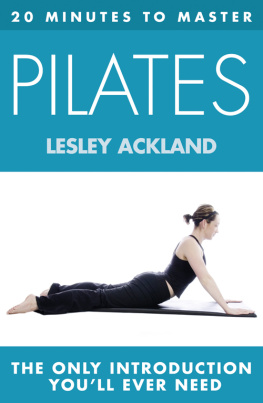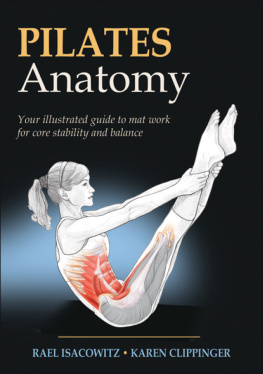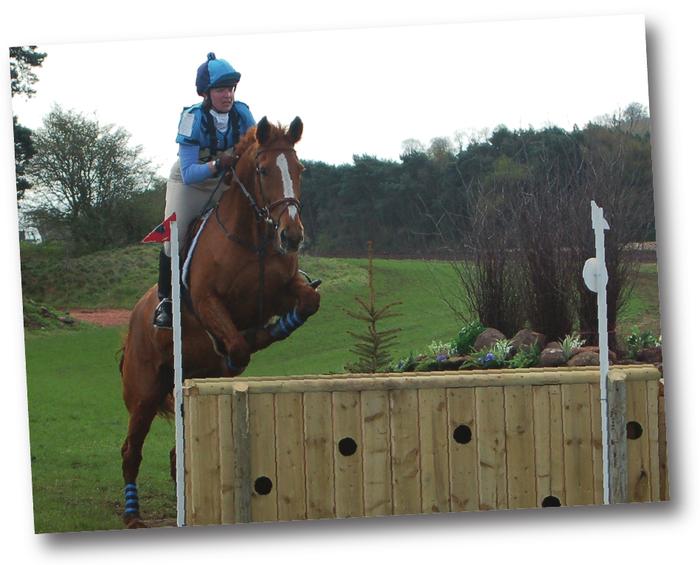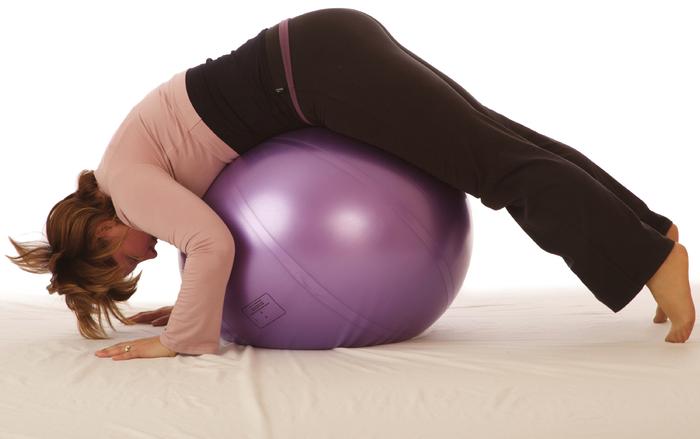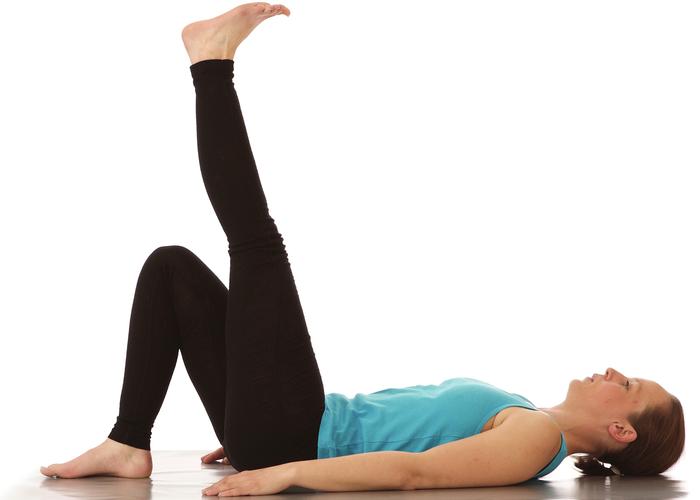A s riders, we take great care of our horses with vets, equine physios, farriers and other specialists and trainers on hand. They spring into action at a moments notice if we think there is anything wrong, or if we are not achieving our riding goals. But what about the riders physical and psychological needs? How often have you called the physiotherapist or osteopath to look at a nagging ache, or taken time out to do something for yourself? You can probably count the times on one hand!
More and more, athletes are realising the benefits from improved core stability, which can be achieved through Pilates. Olympic skiers, rowers, rugby players, triathletes and jockeys have all tried it and triumphed, and so include it into their conditioning programme. This is not just to improve their performance on the day, but also to help prevent injury by targeting the deep postural muscles that balance their body. Regular riders now have the opportunity to add a Pilates workout to their daily routine and enjoy its benefits for life. Once you have the Pilates principles and basic exercises off pat, youll be amazed at how much better you will feel overall; youll begin to walk tall and hold yourself with more presence, benefiting from increased strength from the inside out.
Pilates is a simple concept which centres on core stability. And for riders it makes sense, as the same principle applies to the horse. To give a horse lift and strength so that he can engage his hocks and shoulders correctly, his powerhouse, or abdominal muscles must be engaged and then he can become round and through and soft in the back. A hollow horse is simply not using his muscles correctly the same comment can be applied to a person.
The best thing about Pilates is that it is for everyone regardless of your age, physical ability or size. Using this programme, you can pick and choose what exercises to do as they are all colour-flagged in five stages, with orange your beginner exercises, through to pink, yellow, green and red.
F rom pop stars to movie stars, it seems every celebrity has a tale to tell about the benefits of Pilates. But where did it come from? Pilates is not a new fad. Its origins are in the 1880s with its founder, Joseph Pilates. Joseph was born in Germany, and was a rather sickly boy who suffered with repeated illnesses whilst growing up. It was from these beginnings that he became obsessed with the perfect body and exercising in the outdoors. He strove to improve his own body through a variety of exercises, including martial arts.
Joseph moved to England in 1912, where he worked as a self-defence instructor to the detectives at Scotland Yard. When the First World War broke out, Joseph was interned with other German nationals in the UK. In his camp, he trained other internees and spent a lot of his time in the infirmary, helping bedridden patients to regain muscle function by training them to work against resistance to help build the body, by rigging up a variety of springs to hospital beds. These ideas later became used in the building of his Pilates exercise machines.
When a flu epidemic struck England in 1918, none of Josephs trainees died, which he claimed was a testament to the success of his method of mind-body exercise.
After the war, Joseph returned to Germany, where he took his exercises to the dance community who benefited from the extra strength it gave them when added to their repertoire, and he was soon in great demand. News of his methods spread, but when he was asked by the German government to train the German army in his fitness techniques, he decided to quit Germany for good and emigrated to America in 1926. It was on the boat over to the USA that Joseph met his wife-to-be, Clara. They made New York their home and set up a fitness studio in a building they shared with the New York City Ballet.
By the 1960s, the Pilates method was well-known and practised by many dancers, and its popularity had spread throughout the United States.
Joseph continued to teach at his New York Studio until he died, aged 87, in 1967. Many people had passed through his studio and benefited from his teachings and went on to open their own studios. Pilates soon became the preferred exercise method of the Hollywood stars in the 1970s and its popularity continues today.
So why, you say, is Pilates a method taught to dancers of use to horse riders? It is because there are many parallels with both athletes. As a rider, you need to be able to control your horse, a powerful but sensitive animal, with just a twitch of a muscle here or a shift in weight there. A rider needs to be strong from the inside out, as does a dancer, with the ability to engage deep postural muscles for ultimate grace and flexibility in the dressage, stability and power in showjumping and quick reflexes, strength and endurance for successful cross-country riding. Well explore these issues in more detail in the next chapter.
W eve just seen some core reasons why; now, lets examine the issue in more detail. Apart from the obvious physical benefits such as increased tone, a longer, leaner body, more flexibility and a better sense of awareness in the saddle, Pilates relaxes the body and mind and encourages the rider to breathe for maximum efficiency.
This breathing technique can be transferred to many situations the rider may face whether it is going out for a hack on a fresh horse, preparation for riding down the centre line in a dressage test, or for when waiting in the start box about to go off across country. Pilates breathing allows a rider to centre themselves and see the whole picture how to successfully tackle the task ahead rather than just glimpsing pieces of the jigsaw, which is usually what happens when fear takes over.
A more natural, efficient posture is a lovely side-effect of Pilates as muscles are realigned. Because Pilates is a full-body workout, time is given to exercises in extension, so those improvements are transferred to when sitting in the saddle, with shoulders naturally realigned and shoulder-blades gently drawn down the back, abdominals lifted and tailbone under.

